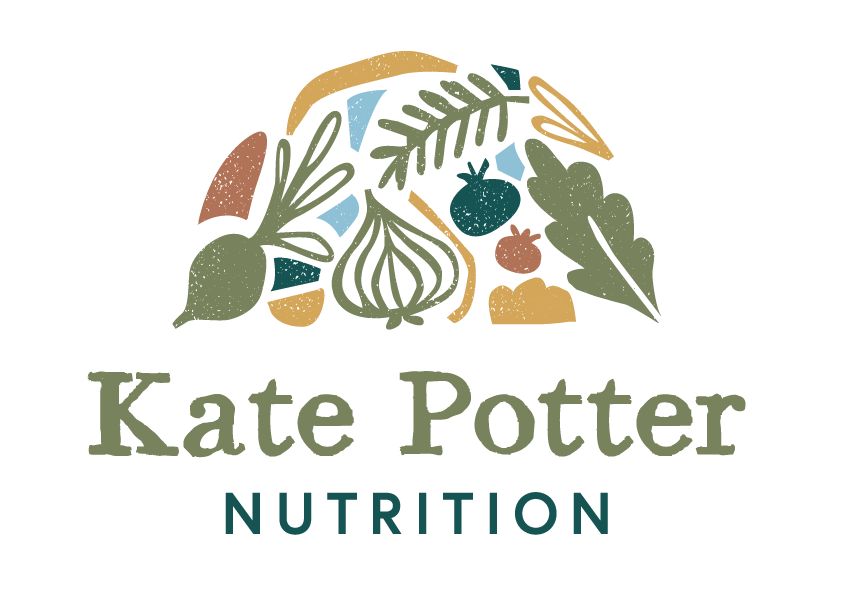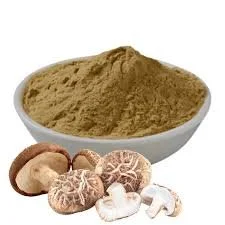How can I make my immune system more resilient?
The resilience of your immune system relies entirely on its ability to respond appropriately.
It needs to move flexibly and competently between fighting off pathogens such as viruses, moulds, unwanted bacteria, and environmental toxins, and practising immune tolerance towards those molecules that are safe and helpful for our bodies.
The lower your inflammation levels are, the more effectively your immune system can operate. In a low-inflammation environment, your immune system can distinguish between safe and unsafe molecules much more easily.
The more tolerance your immune system can practise, the more you can retain this low-inflammation environment, and reserve your energy and nutrient resources for when they are actually needed.
Chronic inflammation is also the trigger for autoimmunity, so helping your immune system to be as tolerant as possible will lower your risk of autoimmune flares.
So how do I help my immune system to be more tolerant?
The body is pretty well designed! As long as its structure remains intact, it will operate effectively.
But what most people don’t realise it that microbes make up an essential part of this structure.
Microbes line every moist surface in our bodies, including the digestive tract.
The microbial lining in the gut is one of the most important parts of the gut wall structure. This physical layer of trillions of different microbes is essential to maintaining the integrity of the gut wall, and is literally the first line of defence against pathogens that come into our body through the digestive tract.
Beneficial microbes do the following jobs for our bodies:
physically line the gut which prevents pathogenic molecules finding space to colonise;
provide an anti-inflammatory environment which allows the immune system to practice more tolerance;
support good metabolism, hormonal balance, promote better digestion and nutrient absorption, and regulate hunger, mood and energy.
So when we disrupt our microbial layer, we are damaging the structure of our gut.
What damages my microbial layer?
ultra processed foods
stress, anxiety and poor sleep
sugar (including high amounts of natural sugars)
environmental toxins
alcohol and the majority of medications
What helps build up my protective microbial layer?
eating as wide a variety of plant foods as possible - veg, fruit, herbs, spices, grains, pulses, nuts and seeds - because beneficial microbes feed on the fibres in plants. If we want to support them, we need to feed them!
The strength of your microbial layer is in its diversity.
Microbes feed on the fibres in plants. Different fibres feed different microbes. It is more effective to focus on plant fibre diversity than on volume.
The more diverse your microbial profile, the better your defences against a wider range of pathogens. A diverse layer of beneficial microbes will stop pathogens taking hold and keep inflammation levels low.
How can I eat a greater diversity of plant foods?
pick plant foods you wouldn’t normally eat and add them to smoothies or make plant ice cubes (blitz a variety of plants together, fill ice cube trays, then defrost one or two into dishes like bolognaise, stews or curries where they will disappear into the sauce);
eat seasonally;
subscribe to a veg box or foraging box where the contents change weekly;
use a greater variety of herbs and spices in your cooking;
mix up your grains: instead of always using rice or oats, try quinoa, buckwheat, or millet;
rotate your greens: spinach one week, kale the next, then rocket, chard, or watercress;
eat a variety of fermented foods (but watch for histamine - find out more here)
vary your legumes: add lentils, chickpeas, kidney beans, black beans, or edamame to soups, salads, and curries;
change up nuts & seeds: sprinkle ground hemp, flax, sesame, pumpkin, sunflower, or chia seeds on meals instead of just one type;
play with herbs: fresh parsley, coriander, basil, dill, and mint all count toward plant diversity and add flavour.
If you are currently eliminating or reducing a food, take the opportunity to fill that gap with new foods.
Cutting out foods can feel negative and counter-intuitive. See my post on gluten, dairy and autoimmunity.
But in reality, many of us are eating mainly the same few ingredients over and over again, even if the finished dishes have diverse names! Cutting out one or two foods can be a good opportunity to fill that gap with foods that contribute to our immune resilience.
I’ve provided an example of this below in the dairy-free ‘cheese’ sauce recipe.
Adding in foods just for functional purposes can feel a little tedious! The best way to approach broadening your diet is to be motivated by an enjoyment of eating.
Most of us are lucky enough to have access to wide range of wonderful foods. Developing an interest in exploring what we love to eat is the best way to broaden our diets. Problem-solving can be a good way to achieve this. If I am looking to add umami flavour to a dull bolognaise, I might experiment with brown rice miso, tamari sauce, mushroom ketchup, pomegranate molasses or mushroom powder (see below).
Developing your palette and deepening your appreciation of real food will ultimately boost the health of your gut microbial layer and your immune resilience.
Here are a couple of examples of how we can introduce new foods into our diets in a positive way that contributes to our enjoyment of food.
Mushroom powder
Use this to add deep umami richness to sauces. Any mushrooms will work - and mixing up your mushrooms will boost your microbial diversity. If using fresh mushrooms, you will need to dry them first in the oven.
I tend to buy bags of dried mushrooms - porcini and shiitake are my favourites - to make this easier. I blitz them into a powder then store the powder in a kilner jar. I add a tablespoon or so to bolognaise, risotto, polenta, stuffing, and stews.
Dairy-free ‘cheese’ sauce (inspired by Natalie Lynch from The Indulgent Vegan)
Many people with autoimmune conditions will be experimenting with cutting out dairy - see this post on the subject. This dairy-free sauce works well with pasta and veg, particularly in a lasagne. Stirring in some frozen spinach at the end is also a brilliant way of adding depth of flavour, as well as boosting plant diversity.
If you try this recipe, tweak the flavour quantities to suit your taste. It’s a good way of developing your palette and will help you to problem solve in other areas of your cooking.
Umeboshi is made from fermented Japanese plums and is great for boosting certain beneficial gut microbe species. It is readily available online and in some health food or specialist shops.
Ingredients
3 tbsps vegan butter
3 tbsps plain flour (Doves do a good GF flour)
500ml unsweetened plant milk, eg soy or coconut (Rude Health does a good organic range)
1/2 tbsp white miso
1 tsp Dijon mustard
1/4 tsp salt
1 tbsp nutritional yeast
1/2 tsp umeboshi
Method
In a saucepan, melt the butter over a medium heat.
Add the flour and stir constantly for 2-3 mins to form a roux. Don’t let it brown.
Gradually whisk in the plant milk, a little at a time, until smooth.
Simmer for 5-7 mins, whisking frequently, until thickened.
Whisk in the remaining ingredients, adjusting to suit your taste.
Simmer for a further couple of minutes.
Every January, I put together a special offer for anyone who has been thinking about taking the first steps toward improving their autoimmune health.
Details for this year’s offer will be coming soon, so sign up using the button below if you’d like to hear more.
I promise not to overwhelm your inbox — you’ll just receive a handful of gentle, thoughtful emails around the New Year with all the details.





